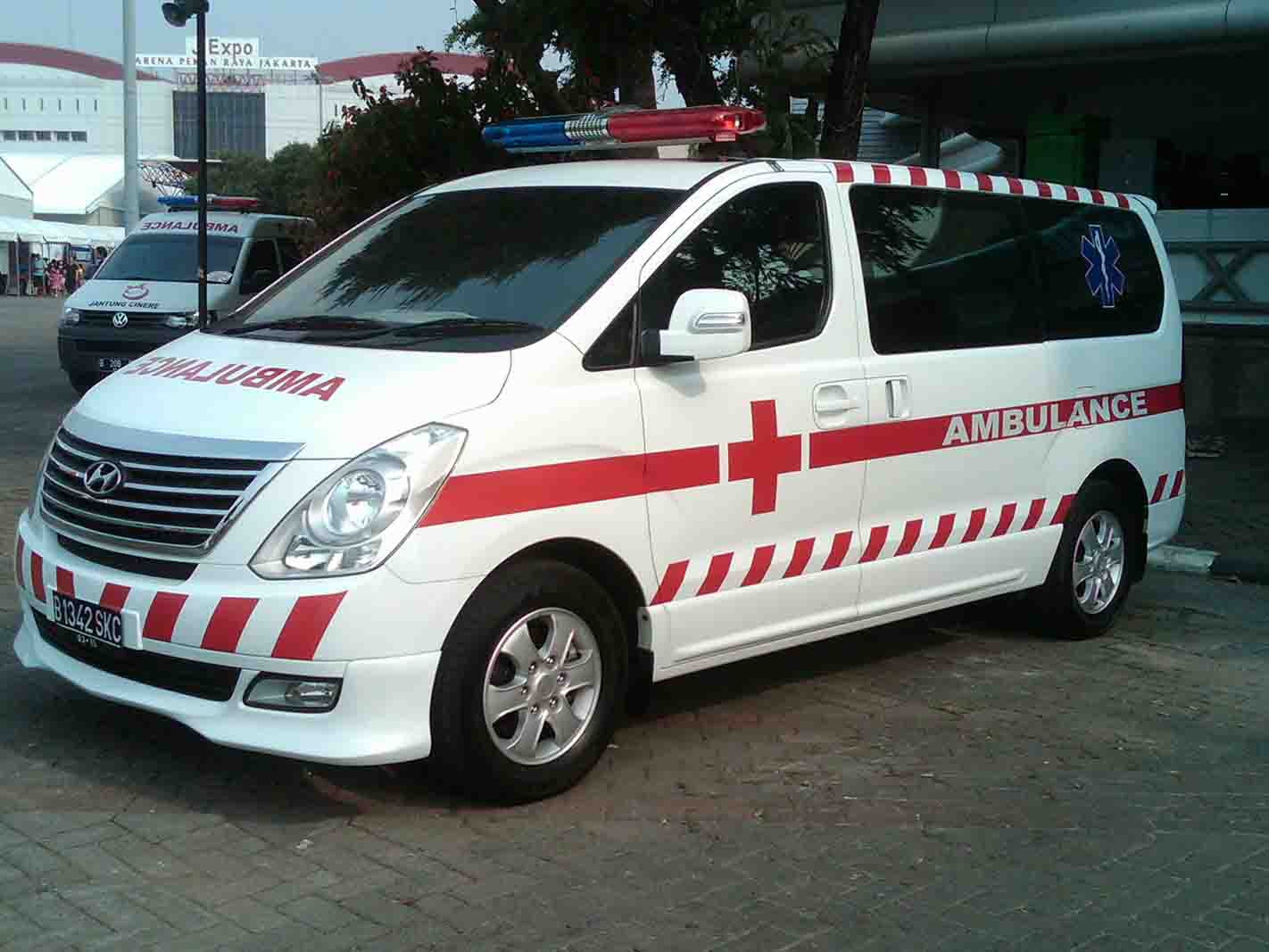When it comes to healthcare, timely access to medical services can make all the difference. This is especially true in remote areas like the Gili Islands, where the beauty of nature meets the challenges of accessibility. In this context, the ambulance Gili service plays a crucial role in ensuring that residents and visitors receive the medical attention they need promptly. This article delves into the significance of ambulance services in the Gili Islands, the challenges they face, and how they contribute to the overall health and safety of the community.
The Gili Islands: A Brief Overview
The Gili Islands, comprising Gili Trawangan, Gili Meno, and Gili Air, are renowned for their stunning beaches, vibrant marine life, and laid-back atmosphere. These islands attract thousands of tourists each year, drawn by the promise of relaxation and adventure. However, the influx of visitors also brings unique challenges, particularly in terms of healthcare access. With limited medical facilities on the islands, the ambulance Gili service becomes an essential lifeline for both locals and tourists.
The Importance of Ambulance Services
1. Emergency Response
The primary function of ambulance services is to provide rapid response to medical emergencies. Whether it’s a severe injury from a diving accident, a sudden illness, or a childbirth complication, the ambulance Gili service is equipped to handle a variety of situations. Trained paramedics and emergency medical technicians (EMTs) are on standby to provide immediate care and transport patients to the nearest medical facility.
2. Bridging the Gap
Given the geographical isolation of the Gili Islands, access to advanced medical care can be limited. The ambulance Gili service acts as a bridge, connecting patients to hospitals on the mainland of Lombok or Bali. This is particularly crucial for serious medical conditions that require specialized treatment. The ability to transport patients quickly can be life-saving, making the ambulance service an indispensable part of the healthcare system in the region.
3. Supporting Tourism
Tourism is a significant part of the Gili Islands’ economy. As more visitors flock to the islands, the demand for reliable medical services increases. The presence of an efficient ambulance Gili service not only ensures the safety of tourists but also enhances the overall reputation of the islands as a travel destination. Tourists are more likely to visit a place where they feel secure, knowing that medical assistance is readily available if needed.
Challenges Faced by Ambulance Gili Services
While the ambulance Gili service plays a vital role, it is not without its challenges. Understanding these obstacles can help in finding solutions to improve healthcare access in the region.
1. Limited Resources
One of the primary challenges faced by ambulance services in the Gili Islands is the limited availability of resources. This includes a shortage of ambulances, medical equipment, and trained personnel. The islands’ remote location can make it difficult to acquire the necessary resources, leading to delays in response times and limited capacity to handle multiple emergencies simultaneously.
2. Infrastructure Issues
The infrastructure on the Gili Islands can be challenging, with narrow roads and uneven terrain. This can hinder the movement of ambulances, especially during peak tourist seasons when traffic congestion is common. Additionally, the lack of proper medical facilities on the islands means that patients often need to be transported to the mainland, which can be time-consuming and logistically complex.
3. Awareness and Education
Another challenge is the lack of awareness among both locals and tourists regarding the ambulance Gili service. Many people may not know how to access emergency services or may underestimate the importance of seeking medical help. Educational campaigns are essential to inform the community about the available services and how to utilize them effectively.
Innovations and Improvements
Despite the challenges, there are ongoing efforts to enhance the ambulance Gili service and improve healthcare access in the region. Here are some innovative approaches being implemented:
1. Community Training Programs
Training local residents in basic first aid and emergency response can significantly improve the initial care provided before an ambulance arrives. Community training programs can empower individuals to act quickly in emergencies, potentially saving lives while waiting for professional help.
2. Partnerships with Local Businesses
Collaboration between ambulance services and local businesses, such as hotels and dive shops, can create a network of support. These partnerships can facilitate quicker access to emergency services, as local businesses can help coordinate responses and provide information to tourists in need.
3. Investment in Technology
Utilizing technology can streamline the ambulance service’s operations. Implementing a mobile app for emergency requests can make it easier for residents and tourists to access help. Additionally, GPS tracking can improve response times by providing real-time information on the location of ambulances.
The ambulance Gili service is a critical component of the healthcare system in the Gili Islands, providing essential support to both residents and visitors. While challenges exist, ongoing efforts to improve resources, infrastructure, and community awareness are paving the way for a more robust emergency response system. As the Gili Islands continue to attract tourists from around the world, the importance of reliable medical services cannot be overstated. By investing in and supporting the ambulance Gili service, we can ensure that the islands remain a safe and welcoming destination for all.
